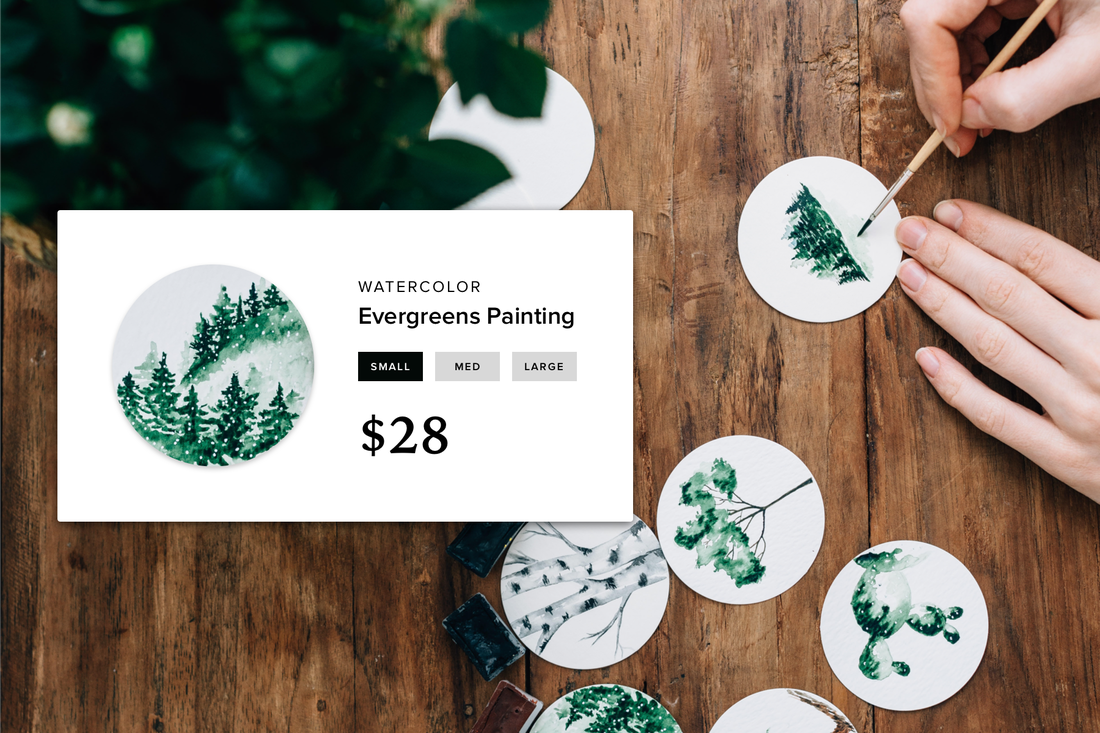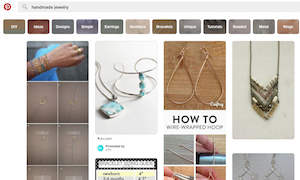It's finally happened. After years of kicking around mere "ideas," you've thought up something worthy of all caps: THE IDEA. The one that will let you quit your full-time job, earn you a billion dollars, and eventually own your own island. Here's the problem, you don't know how to turn your brilliant idea into a brilliant product that consumers everywhere will want to buy.
Fortunately, while every product goes through its own adventures on the way to becoming real, there are a few common steps in the product development process. This article will provide a high-level summary of the process—from initial concept to production—so you know what to expect.
One note: there are much more detailed product development and marketing plans out there. If you're interested in those, you might consider going to business school.
One note: there are much more detailed product development and marketing plans out there. If you're interested in those, you might consider going to business school.
Step One: Define the Market Need and Product Requirements
In the beginning of the product development process, it is essential to clearly define the market need you're hoping to address. You might think your idea is the greatest thing since sliced bread, but if it doesn't solve a real problem, it probably won't get very far.
Do some research, even if it's informal, to determine what issues your target audience is facing. Then, ask for an honest opinion on whether they would consider using your hypothetical product. Once you have clearly defined the problem, you can define the requirements your product must overcome, which will help you in actually designing the product.
Do some research, even if it's informal, to determine what issues your target audience is facing. Then, ask for an honest opinion on whether they would consider using your hypothetical product. Once you have clearly defined the problem, you can define the requirements your product must overcome, which will help you in actually designing the product.
Step Two: Design and Prototype the Product
When developing your design, consider how all of your product's features specifically address the requirements you defined. If there's still a requirement that you haven't addressed, go back to the drawing board and consider how it can be integrated.
Once you feel confident that your design addresses the market need, it's time to develop a prototype. This step will vary widely depending on what you're actually making. Many inventors can develop prototypes in their home workshops, while others have to turn to specialized manufacturers. Whatever the case, getting a working prototype of your product is essential to see if your design translates to real life.
Once you feel confident that your design addresses the market need, it's time to develop a prototype. This step will vary widely depending on what you're actually making. Many inventors can develop prototypes in their home workshops, while others have to turn to specialized manufacturers. Whatever the case, getting a working prototype of your product is essential to see if your design translates to real life.
Step Three: Test your Prototype
Now that you have a working prototype, you can do some real market testing. Go back to the people who helped you define your product requirements and give them the opportunity to use your product. This is where you need to put on your best lab coat and pretend to be a scientist.
Without interfering or offering too much direction, observe how each test user uses the product. Take as many notes as possible during the test and ask lots of questions when it's over. Testing your prototype will inevitably reveal some design flaws that you'll need to work out, which leads to step four.
Without interfering or offering too much direction, observe how each test user uses the product. Take as many notes as possible during the test and ask lots of questions when it's over. Testing your prototype will inevitably reveal some design flaws that you'll need to work out, which leads to step four.
Step Four: Modify the Design
This is the step where many would-be world changing inventors give up. Don't be one of them. Like it or not, failure is an essential part of product design and in order to make the best product possible, you have to accept that it isn't going to work perfectly on the first try.
Hopefully most of the design flaws you uncovered in the prototype phase are minor and can be addressed with small tweaks. Don't be surprised if you have to modify the design more than once before landing on the right plan. In the meantime, take solace in this quote from Henry Ford: "Failure is simply the opportunity to begin again, this time more intelligently."
Hopefully most of the design flaws you uncovered in the prototype phase are minor and can be addressed with small tweaks. Don't be surprised if you have to modify the design more than once before landing on the right plan. In the meantime, take solace in this quote from Henry Ford: "Failure is simply the opportunity to begin again, this time more intelligently."
Step Five: Develop a Marketing and Distribution Plan
Assuming you've worked out all the design flaws and have successfully tested your latest prototype, it's time to consider how to market and distribute your product to the masses. Again, the specifics of this step will vary largely based on your product.
If you're selling a niche product, then you might consider developing a great eCommerce website and focusing on highly targeted digital and content marketing. If you've finally built a better mousetrap, then your approach might be to secure a meeting with Home Depot or another big box retailer. Whatever the case, it's important to have a clear and concise brand narrative so that prospective audiences understand why they need your product in their life.
Even if you haven't come up with your IDEA yet, these steps can help when you're ready. While your brainstorming, look to others who have started successful businesses for inspiration and keep dreaming about how you're going to change the world.
If you're selling a niche product, then you might consider developing a great eCommerce website and focusing on highly targeted digital and content marketing. If you've finally built a better mousetrap, then your approach might be to secure a meeting with Home Depot or another big box retailer. Whatever the case, it's important to have a clear and concise brand narrative so that prospective audiences understand why they need your product in their life.
Even if you haven't come up with your IDEA yet, these steps can help when you're ready. While your brainstorming, look to others who have started successful businesses for inspiration and keep dreaming about how you're going to change the world.
 Rob FrappierRob is a creative content strategist from Detroit. When he’s not developing integrated marketing campaigns, he’s probably watching Netflix.
Rob FrappierRob is a creative content strategist from Detroit. When he’s not developing integrated marketing campaigns, he’s probably watching Netflix.





